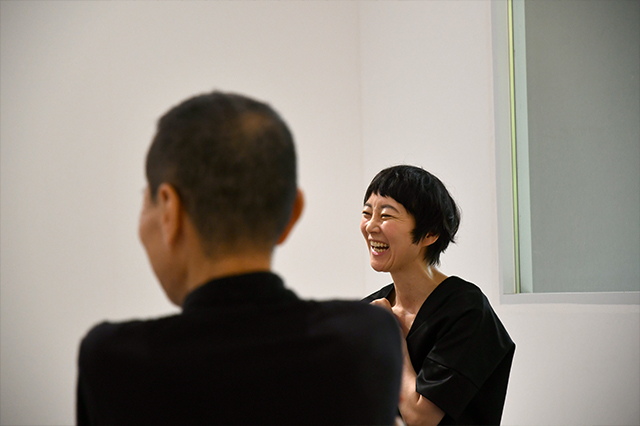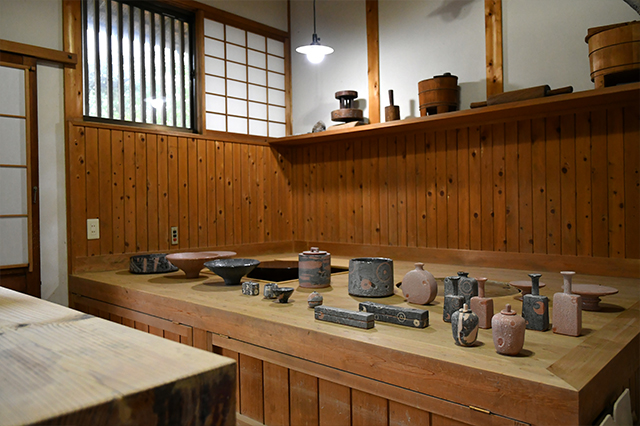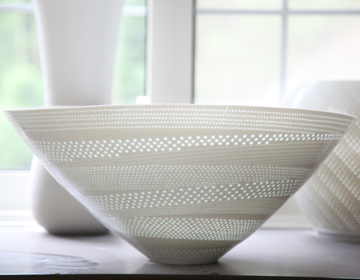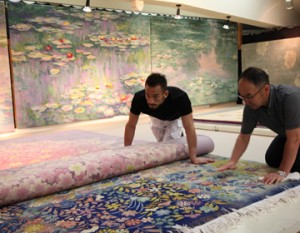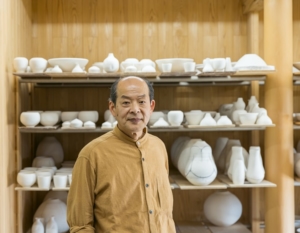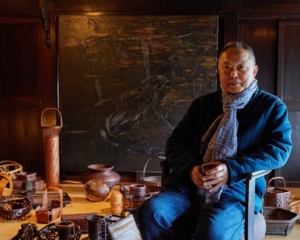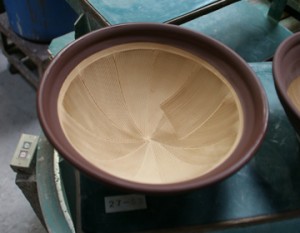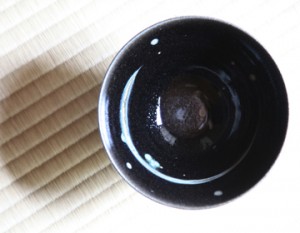A potter who loved Shino ware
Mino Ceramic Ware” boasts the largest market share among ceramics produced in Japan. Its characteristic is that it is “featureless. Mino ware is defined by the fact that it is produced in the Tono region of Gifu Prefecture (formerly Mino Province), and that it does not have a unique style like Kutani ware or Arita ware. Mino ware, which has been naturally integrated into the daily life of Japanese people because of its ease of use, evolved the most during the Azuchi-Momoyama period, when the tea ceremony culture flourished. It is said that Oribe Furuta, a cultural figure who was both a warlord and a tea master, had potters create “Oribe,” a style that favored bold distortion. Four representative styles called “Kiseto,” “Setoguro,” and “Shino” were then created, and have become a commonplace part of the Japanese dining table to this day.
Toki City, located in southeastern Gifu Prefecture, is the largest producer of ceramics in Japan and is known as a mecca for pottery. Ms. Yuka Hayashi, who has her studio here, is a ceramic artist who loves “Shino” and can embody the style in a new interpretation. Shino” is made of “Gotomaki” clay, which has a high refractory temperature and is less sensitive to firing, and “Mogusa” clay, a white clay with low iron content and a slight purple or pinkish hue, which is then covered with a generous amount of white feldspar glaze (Shino glaze). The characteristic features of this thick clay are the fine texture of the cracks in the clay, the gentle milky white color, and the numerous small pores on the surface called “yuzukabe”.

A vessel overflowing with gentleness and beauty
It was not by chance that Mr. Hayashi started making “Shino. In other words, it was fate. Born in Hyogo Prefecture, he spent his childhood in Toki City, Japan, until he entered a university in the Kansai region. His childhood days were spent innocently playing with pottery in his father’s house, which was a kiln business, and being exposed to nature. Although he found a job in Tokyo and was spending fulfilling days, he felt that it was not his profession, so he began attending pottery classes. He returned to his hometown to study at the Toki Municipal Ceramics Testing Center to further pursue his career. After 10 years of working with white porcelain, he came up with the idea of creating a new work of art, “Shino,” which had been burned into his eyes at a museum while he was living in Tokyo. It was a projection of her life, which seemed to have branched off, but was firmly rooted and had grown into a sturdy trunk. What should “Shino” be in today’s world, where many houses do not have tea rooms or alcoves, and tea ceremonies are held only in very limited places? After much deliberation and practice, Hayashi’s answer is that it should be a vessel that lies between art and commodity, and that can be used to create a pleasant and peaceful atmosphere.
The graceful, dignified-looking vessels she creates combine edgy beauty with warmth and gentleness, softly connecting the profound world of “Shino” with modern life. The gentle pinks and grays interwoven with each piece of pottery make everyone’s heart flutter, and no two pieces are alike, making every piece of pottery a desire to collect and own. The loveliness of the pieces makes you want to keep them close at hand and gaze at them, even if you don’t intend to use them. Hayashi says she enjoys creating each piece, feeling happy or sad at the expression of the pink and gray colors that appear differently on each piece. Ms. Hayashi is not sure why she was attracted to Shino. However, the moment when she looks at and feels comfortable using her vessels, she casually gives us a hint that enriches our daily life beyond logic.
